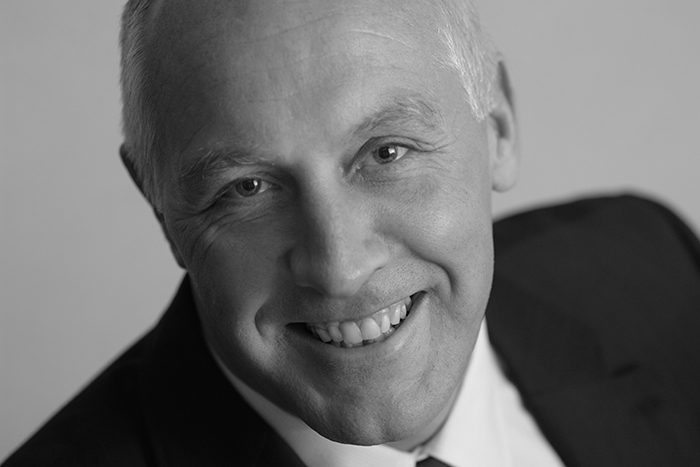Industry leaders: Paul Massey, IFS - Yesterday, Today, Tomorrow (Part One)
Jun 22, 2015 • Features • cloud • ERP • IFS • Interview • Software and Apps • software and apps
Continuing our series of interviews with industry leaders, Kris Oldland took the opportunity to sit down with IFS Managing Director, Paul Massey at the IFS World Conference in Boston last month. Against the backdrop of the launch of the swedish ERP provider’s latest product suite Applications 9, the conversation looked at both Massey and IFS’s journey across the last twenty years or so…
It’s been a busy month for IFS with a raft of new developments announced at their 2015 world conference including the launch of IFS Applications 9, key partnerships with Accenture and Microsoft, the launch of a Managed Cloud Solution plus a number of improvements to their field service offerings.
Field Service News Editor Kris Oldland spoke to Paul Massey to discuss what these announcements mean for the Scandinavian based company.
With so many big announcements coming in the first morning of this years world conference it felt like a sensible idea to try and put this into context of the near twenty year journey Massey has been on with IFS.
“Back when we became IFS back in early 1997 that was when the product was becoming graphical” Massey begins.
“There was a long history with my company Avalon and IFS who at the time were our Scandinavian distributor. Basically Avalon didn’t make the transition from character to graphical so IFS acquired most of the assets of and at the outset it was all about that new graphical user interface along with the component architecture story that IFS already had. So for us that was the first major milestone and in a way that was the first wave of internationalisation for IFS.” He continues.
Indeed IFS had been a very Scandinavian centric company before that point with one operation in Poland but little else beyond there home market.
This all began to change in the the late nineties as following on from the UK acquisition France and Germany and then a US acquisition.
The first three or four years of our time with IFS was all about becoming an international company. There was a massive amount of investment in that area in sales and marketing functionality to cover other markets etc so that was a big investment period for IFS
In fact this aggressive expansion plan resulted in a marked a period for IFS between 2000 and 2004 when there was negative growth. However as the world faced an economic crisis in 2008 IFS had already taken their hit and as competitors started to suffer they emerged as a healthy, profit making organisation.
“We’d finished spending our money and were set to reap the benefits of our investments” Massey admits. “We managed to more than survive that phase because it definitely impacted on others much more than it did us. We continued to grow as we moved from a negative cash flow to a really positive cash flow and we came out the other ends of that in a very healthy state.”
But what about the product how did evolve also?
Having gone through the transition to graphical interface right at the beginning the next major milestone was enterprise explorer, the .net client in the Apps 7.5 release.
“That was the next technology milestone from IFS’s point of view from then all of the releases i.e. 7.5 then 8 and now 9 have been more heavily focussed on broadening out the level functionality in each of the industries we target and obviously keeping the technology up to date.”
Which brings us up to Apps 9 which has brought a number of new features that had the delegates of their world conference more than impressed (see page 48)
“From a technology point of view I think the Layered architecture and some of the stuff we are doing with in-memory optimisation (which will be in an update of Apps 9 a little later in the year) is really important.” Explains Massey “You’ve got to keep the functional and technical streams running together in parallel which I think we’ve done. I think there is enough of both of those things in this release to get the customers interested in it.”
Look out for the second part of this exclusive interview where the conversation turns to the Cloud…





















 Field Service News is published by 1927 Media Ltd, an independent publisher whose sole focus is on the field service sector. As such our entire resources are focused on helping drive the field service sector forwards and aiming to best serve our industry through honest, incisive and innovative media coverage of the global field service sector.
Field Service News is published by 1927 Media Ltd, an independent publisher whose sole focus is on the field service sector. As such our entire resources are focused on helping drive the field service sector forwards and aiming to best serve our industry through honest, incisive and innovative media coverage of the global field service sector.
Leave a Reply